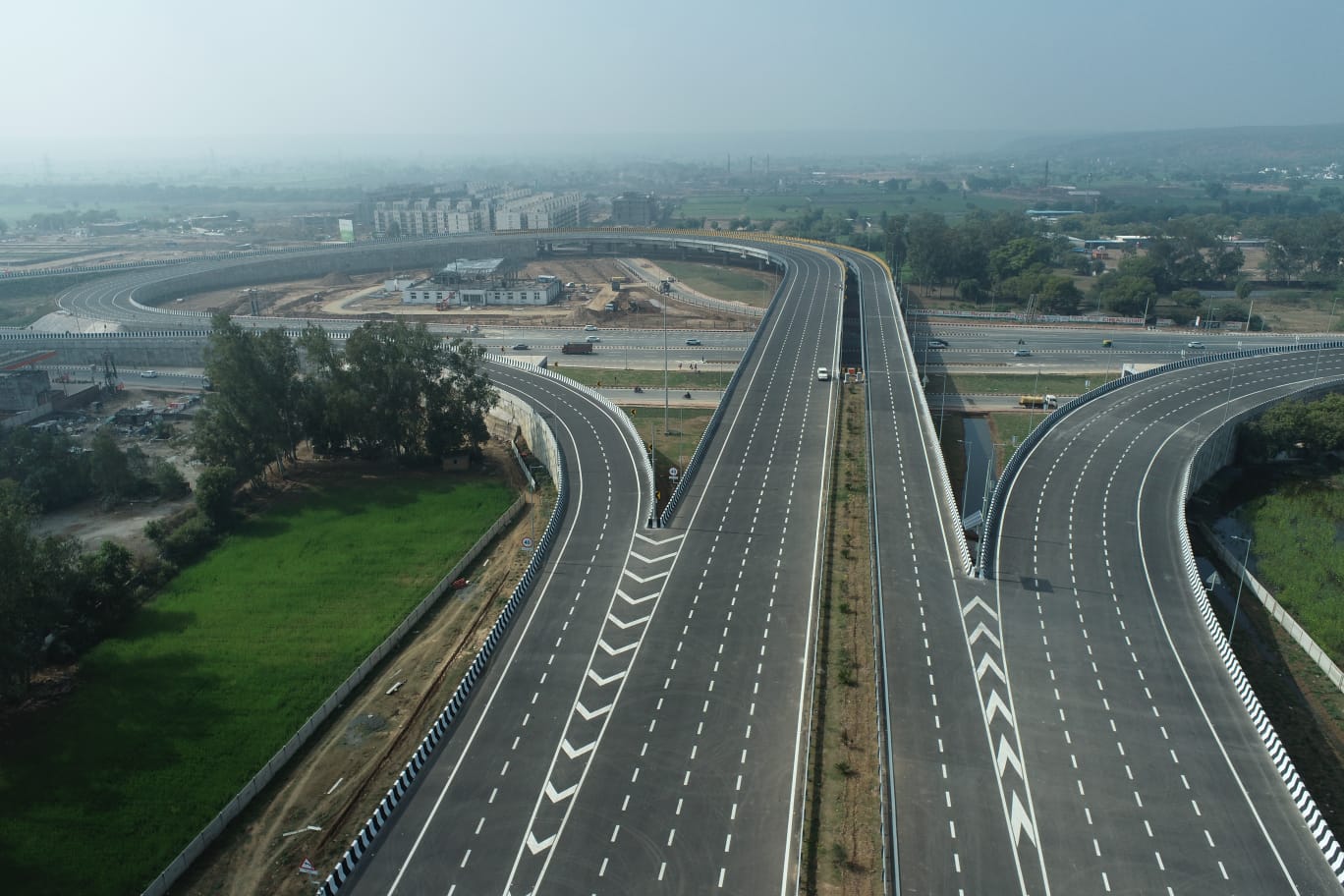
Photo Courtesy : https://x.com/nitin_gadkari
By next month, an eight-lane expressway project will shorten the distance between two of the busiest cities in the world. The Indian Government announced the Delhi-Mumbai Expressway in 2018, laid the foundation stone in 2019, and expects the final sections to open in June 2024. In February 2023, Prime Minister Narendra Modi inaugurated the first section, running from Sohna to Dausa.
With eight lanes and the potential to expand to 12 lanes to accommodate increased traffic, the expressway will be the longest in India. Spanning 893 miles, it traverses six states: Delhi, Haryana, Rajasthan, Madhya Pradesh, Gujarat, and Maharashtra, culminating in Mumbai. This route aims to establish a direct link between Delhi, the national capital, and Mumbai, the financial capital, enhancing connectivity among major economic centers in five states.
Additionally, the expressway plans include branches leading to Jawaharlal Nehru Port in Maharashtra, on the eastern coast of the Arabian Sea, and another branch to Jewar Airport in Uttar Pradesh. Prime Minister Modi’s inauguration of the Vadodara-Bharuch section on February 22, 2024, marked a significant milestone.
This 87-kilometer section connects key logistical centers in Vadodara and is expected to drive economic growth in the Bharuch and Ankleshwar areas. The full expressway, extending 1,386 km, aims to reduce travel time between Delhi and Mumbai by 50%, to approximately 12 hours.
The expressway will not only connect the two major cities but also improve access to economic hubs such as Jaipur, Kishangarh, Ajmer, Kota, Chittorgarh, Udaipur, Bhopal, Ujjain, Indore, Ahmedabad, Vadodara, and Surat. The operational phase began with the Sohna-Dausa stretch, inaugurated by Prime Minister Modi in February 2023, reducing the travel time from Delhi to Jaipur to just two hours.
Within a year, several other sections became operational, including a 244-kilometer stretch in Madhya Pradesh that enhances connectivity between New Delhi and Mumbai. In Gujarat, the Vadodara section opened in October 2023, and parts of the expressway in Haryana, Madhya Pradesh, and Gujarat are already in use. The analysis reveals the completion of 920 km of the expressway.
The Delhi-Mumbai expressway is part of a broader expansion of India’s expressway network, which aims to establish economic corridors across states. We anticipate that this project will significantly impact 93 PM Gati Shakti economic nodes, 13 ports, eight major airports, and eight multi-modal logistics parks, while also enhancing access to upcoming airports such as Jewar Airport, Navi Mumbai Airport, and JNPT Port. Once completed, the expressway will halve the current travel time between the two cities from 24 hours to 12 hours.













